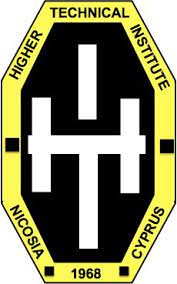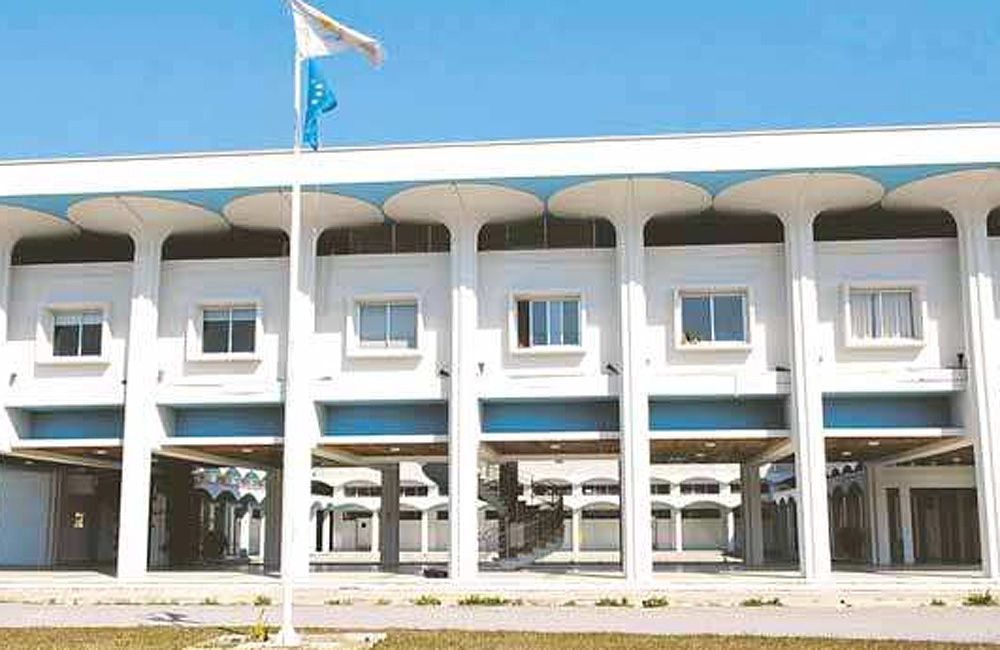Analysis, design and detailing of a structural steel space truss
- Τίτλος
-
Analysis, design and detailing of a structural steel space truss
- Θέμα
- Steel, Structural
- Steel--Analysis
- Δημιουργός
-
Stasis, Nikos
- Kountouros, Constantinos
- Πηγή
- Higher Technical Institute
- Το πλήρες κείμενο είναι διαθέσιμο από το Υπουργείο Ενέργειας, Εμπορίου Βιομηχανίας και Τουρισμού.
- Εκδότης
- Library of Cyprus University of Technology
- Ημερομηνία
- 2002
- Συνεισφέρων
- Papaleontiou, Chr.
- Δικαιώματα
- Απαγορεύεται η δημοσίευση ή αναπαραγωγή, ηλεκτρονική ή άλλη χωρίς τη γραπτή συγκατάθεση του δημιουργού και κάτοχου των πνευματικών δικαιωμάτων.
- Μορφή
- Γλώσσα
- en
- Τύπος
- text
- Αναγνωριστικό
-
CED0495
- Σύνοψη
-
With today's technological advancements, computers have become an integral part of our lives, and have penetrated not only into our offices, but also into our homes. They have taken over many difficult and time consuming tasks and can handle them in ease and much faster and are now considered essential tools for all types of work.
It was inevitable then that Civil Engineering, which is one of the most technologically driven occupations, would incorporate computing into its infrastructure. In fact, there are at present many computer programs available for civil engineering, ranging from the very simple "problem specific" ones such as Domus, to the highly complex but very flexible ones.
STAAD falls into the second category. It is a very powerful Civil Engineering program, which, since its first incarnation more than ten years ago, has become very well known and is respected worldwide. It is a very flexible program that can handle any type of problem as long as the user knows how to handle it.
Being able to work on this program for our project was an exciting experience. Having no prior experience with it, we encountered numerous difficulties while trying to get into the philosophy of the program. Getting the grips with it was very interesting, sometimes frustrating, sometimes highly rewarding. During the course of the project, and having constant interaction with the program, we became more and more accustomed to it.
From the beginning of the project, with the training structures, through the end, with our final Truss structure which we modelled and designed through the STAAD program, we learned quite a lot about Truss Steel Design. We also learned a lot about using the program. But still we have hardly even scratched the surface of what ST AAD really is.
Our project was based on a pre-created design of a Steel Truss Roof structure for the CYTA building that was being designed at the time by our project supervisor. The design of the original structure was done using Pipes, but we were asked to design it using Angles. The original structure was being designed parallel to our design, and many changes were made from the original drawings until the final drawings were created, with the most significant change being the transition from a Hipped Truss Design to a Vierendeel Truss design. This is also reflected in our design. During the design course of our project, we encountered numerous difficulties, both in terms of design as well as in using the program correctly. Especially towards the end, during the Analysis/Design procedure it became obvious that we had many things to learn still, both in design terms and in using STAAD. At the end our structure failed, revealing that it was not possible to use Angles with this particular design. Modifying the original design and reinforcing it by adding more members at the points of failure, we managed to make the structure successful, but not cost-effective. It was now clear that the design should have been made using Pipes. We then changed the original, unmodified structure into a Pipe design. This procedure revealed one of the most important benefits of computer design. Changing the design from Angles to Pipes was only a matter of changing the member properties of the affected parts of the structure. If this was a hand design, the procedure would have required from the designer to re-calculate everything from the beginning.
In conclusion, this project has been a highly rewarding experience. STAAD is an excellent Engineering program worthy of its heritage. It may not be without its faults, but then again, nothing is. It is a very helpful tool when placed in capable hands. But in the end of the day, that is just what it is: a tool. It is still up to the Engineer to feed it with the correct information. The program does not replace the need for good knowledge of your subject. It merely compliments it.
- Πολυμέσα
-
 CED0495.pdf
CED0495.pdf
Τμήμα του Analysis, design and detailing of a structural steel space truss


